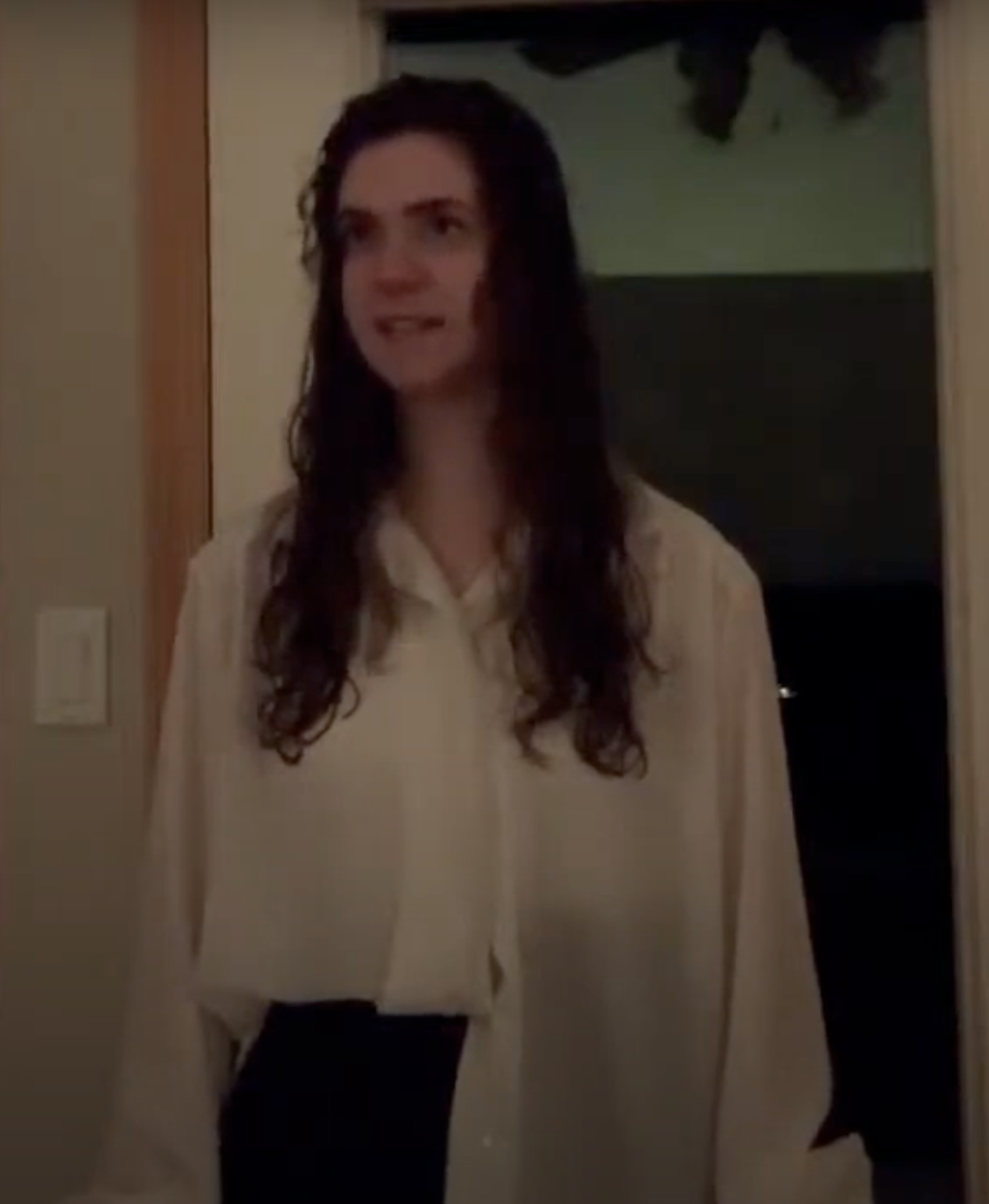
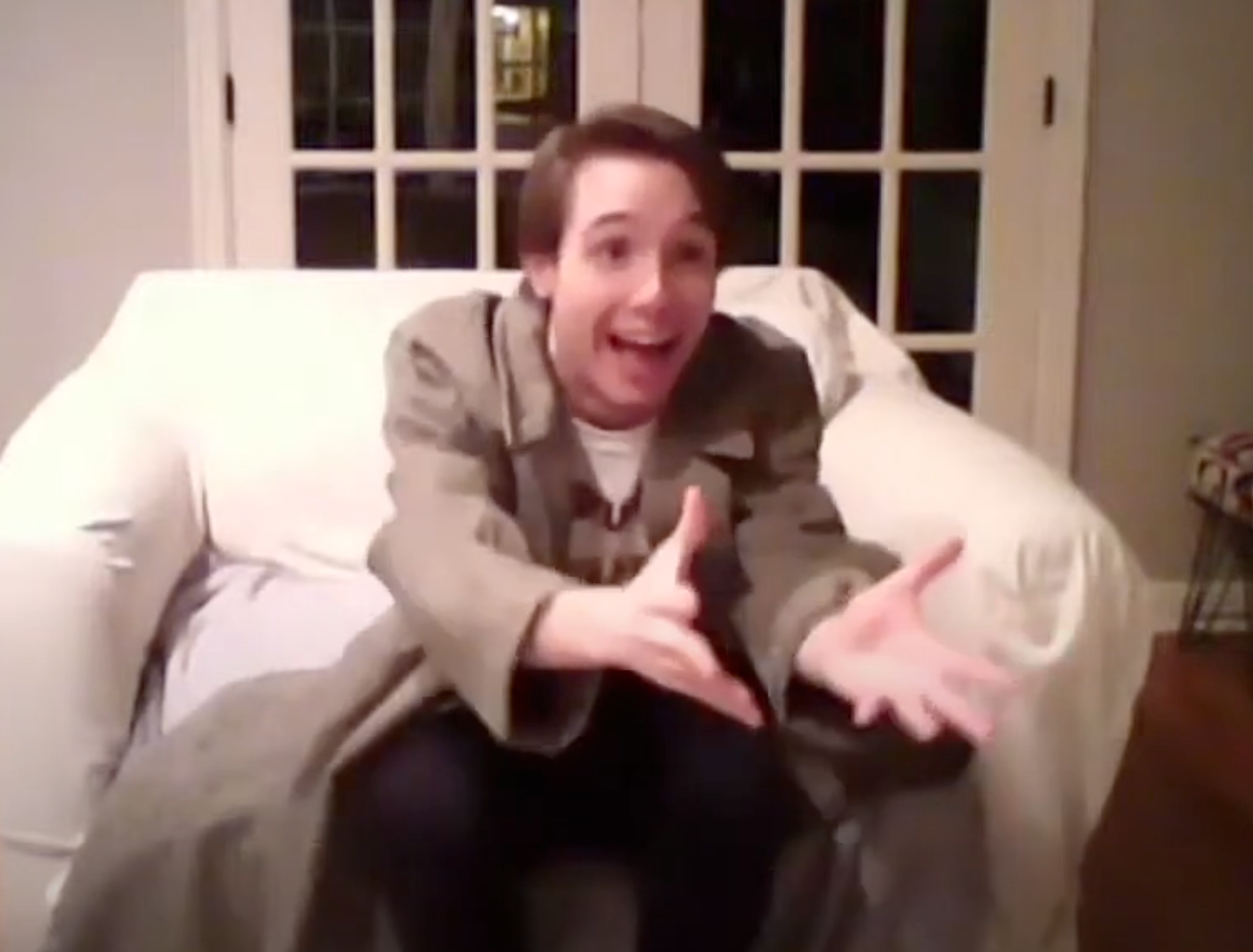
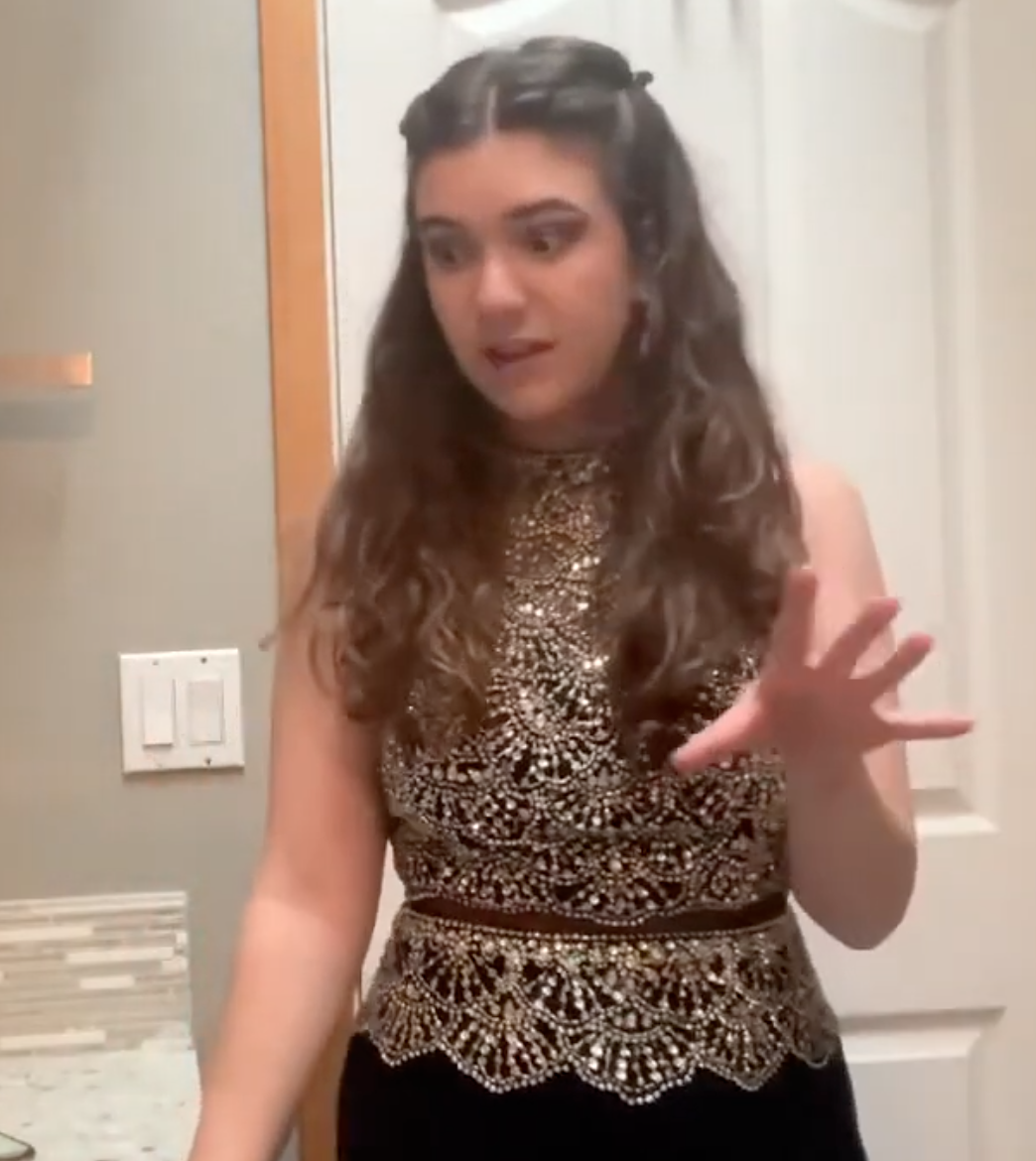


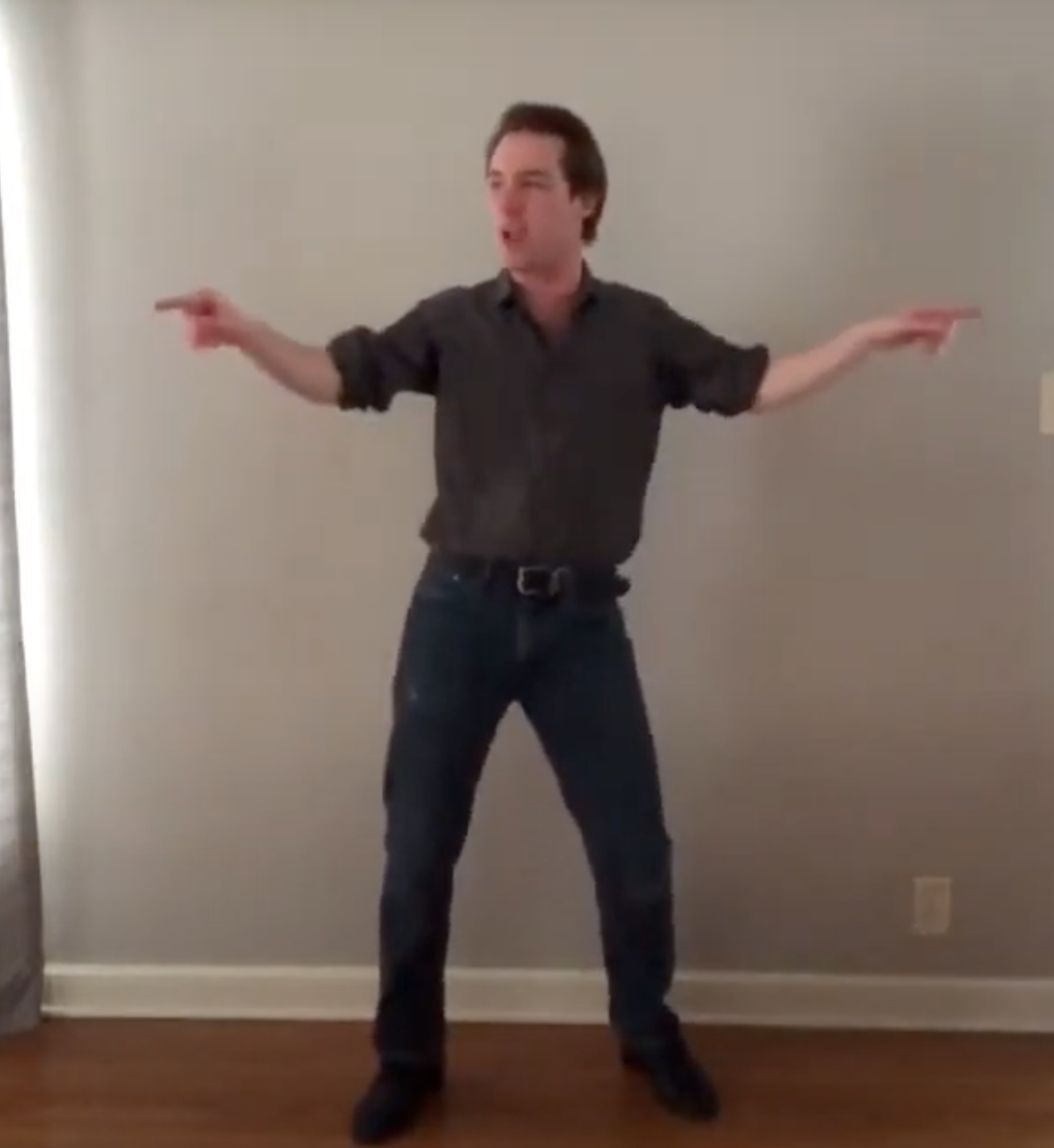
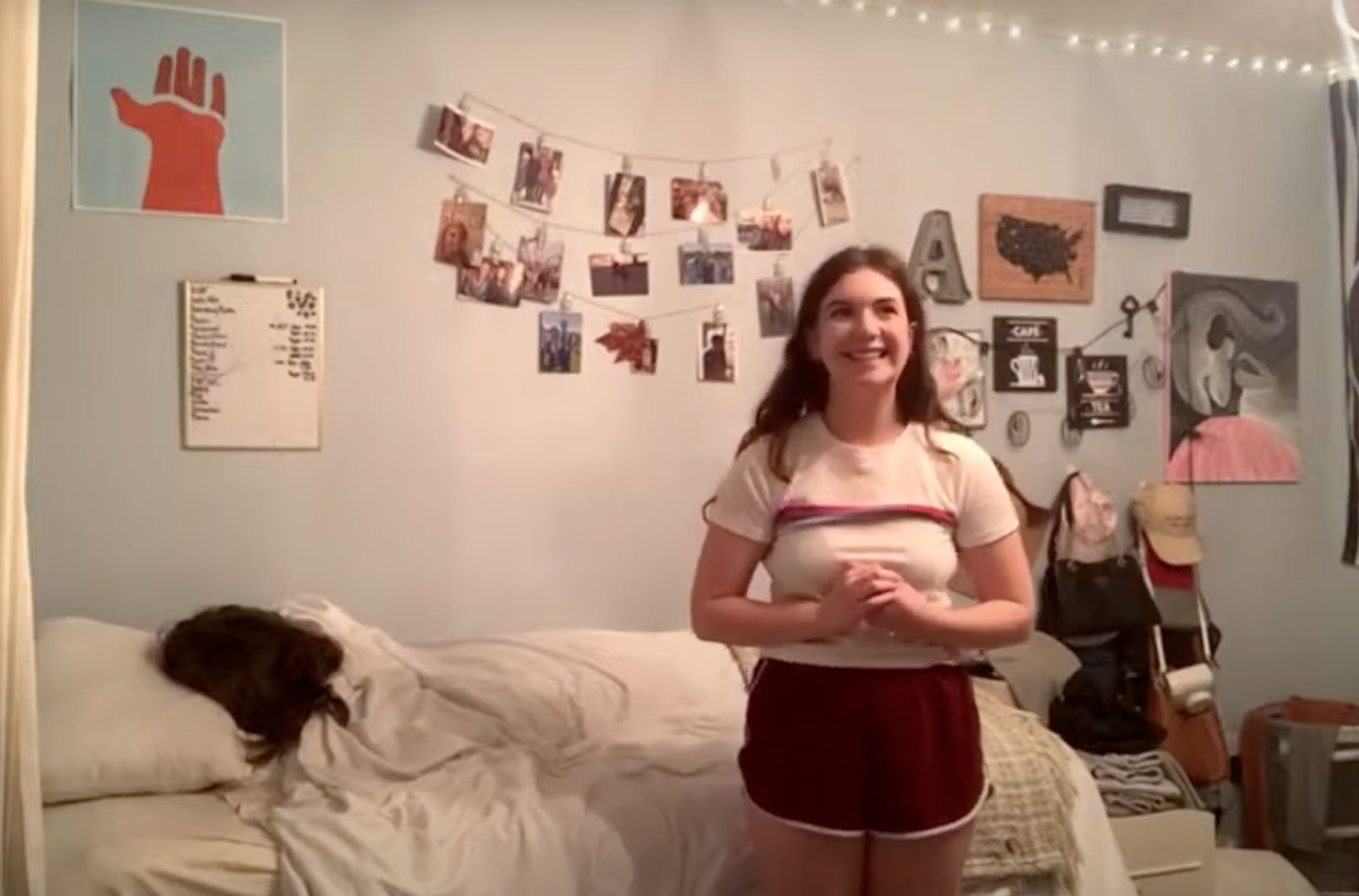
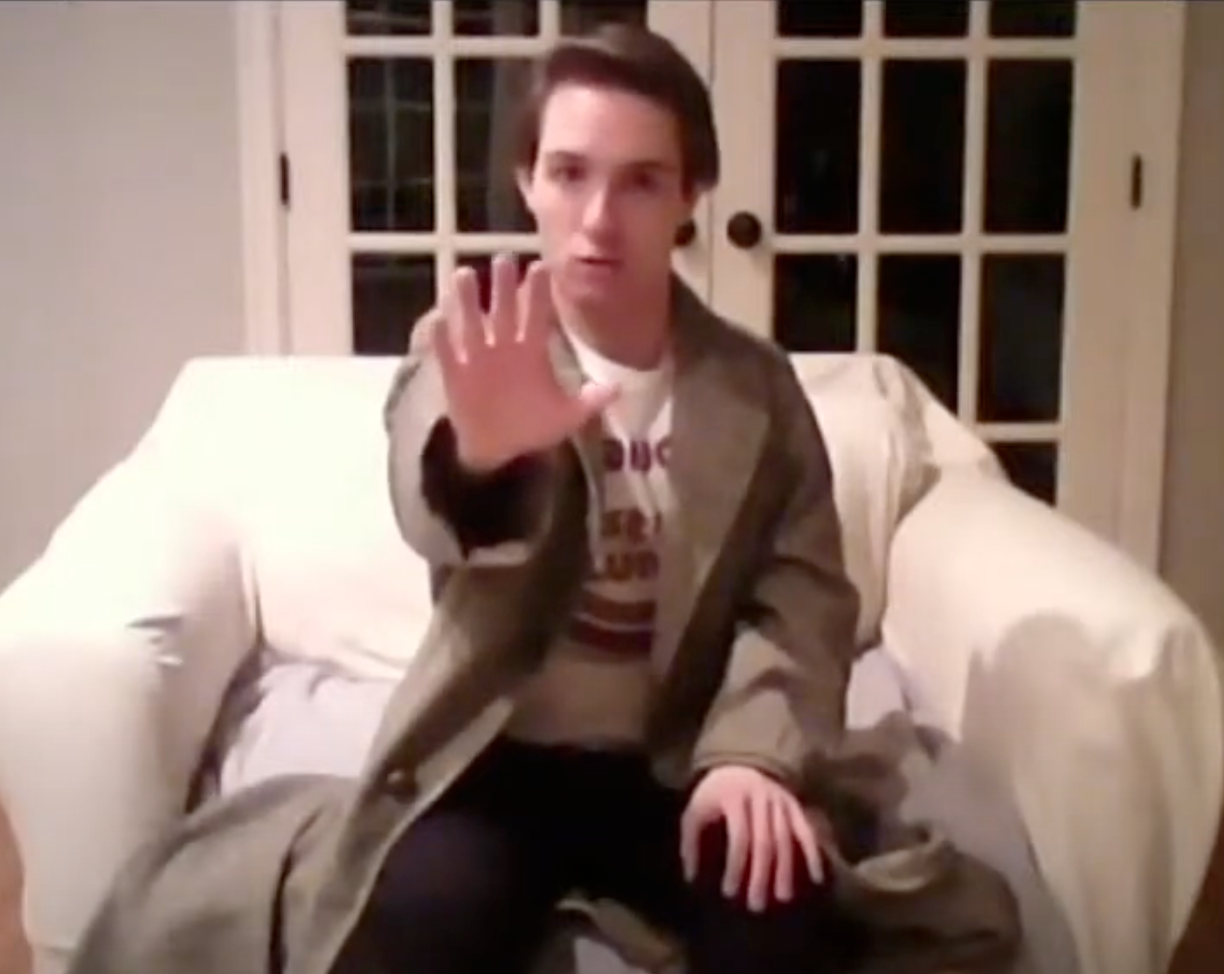
Photos by Castor Rosencrantz Kent
Embracing the End of the World
By Various Artists
Directed by Castor Rosencrantz Kent
Selected works: Richard III by William Shakespeare, God’s Favorite by Neil Simon, Something Rotten by John O’Farrell, Karey Kirkpatrick, and Wayne Kirkpatrick, Pippin by Stephen Schwartz and Roger O. Hirson, The Tempest by William Shakespeare, A New Brain by William Finn and James Lapine, Porch by Alex Kump, Fun Home by Lisa Kron and Jeanine Tesori, Peter and the Starcatcher by Rick Elice, The Mystery of Edwin Drood by Rupert Holmes, The Seagull by Anton Chekhov (trans. by Jean-Claude Van Itallie), Falsettos by William Finn and James Lapine, Mr. Burns, A Post-Electric Play by Anne Washburn and Michael Friedman
In his book Understanding Comics: The Invisible Art, Scott McCloud writes that “art is the way we assert our identities as individuals and break out of the narrow rules nature cast us in...[artistic pursuits also] provide exercise for our minds and bodies not receiving outside stimulus... provide an outlet for emotional imbalances...[and] often lead to useful discoveries!” It was with these intentions that I entered into this project. When many of us are stuck staring at the same four walls for nine months, mental exercise is vital. As I worked with Allison and Sawyer, we stretched each other’s minds in new directions, each of us challenged to think and communicate in new ways. Additionally, I believe that we each found some catharsis in this work, a much-needed thing after the trials and heartbreak of productions canceled, lives interrupted, goodbyes left unsaid.
What I had not expected, when beginning this directorial undertaking, is that I would discover so much. By this, I do not only mean the revelations Allison and I had about Chekhov, or the deeper meanings in William Finn’s works that Sawyer and I unearthed; I mean the ways we learned to work with, communicate with, and help each other, I mean the things I learned about myself as a director and that they learned about themselves as actors. I discovered, in a far more real way than any banal platitude could express, how art can be used to heal. I thought that I had understood this before: creating something helps “get it out,” expresses and communicates ideas and emotions otherwise withheld, and while yes, art does do this, I no longer believe that it is inherent to making something. I have found that the ameliorating salve can be sourced only from the people with whom you create. So: I here sign off with love and gratitude to my collaborators, without whom I would not have understood and achieved this restoration. Thank you.
Featuring: Sawyer Huss, Allison Turek